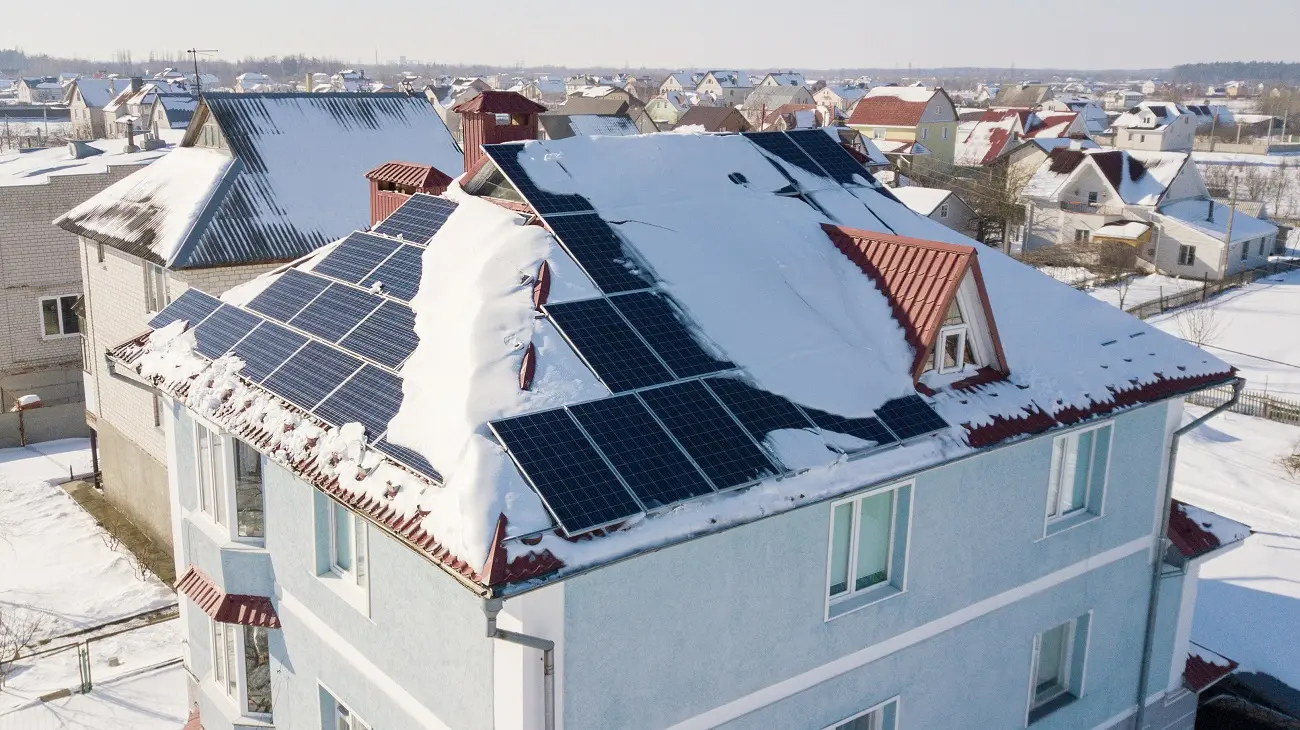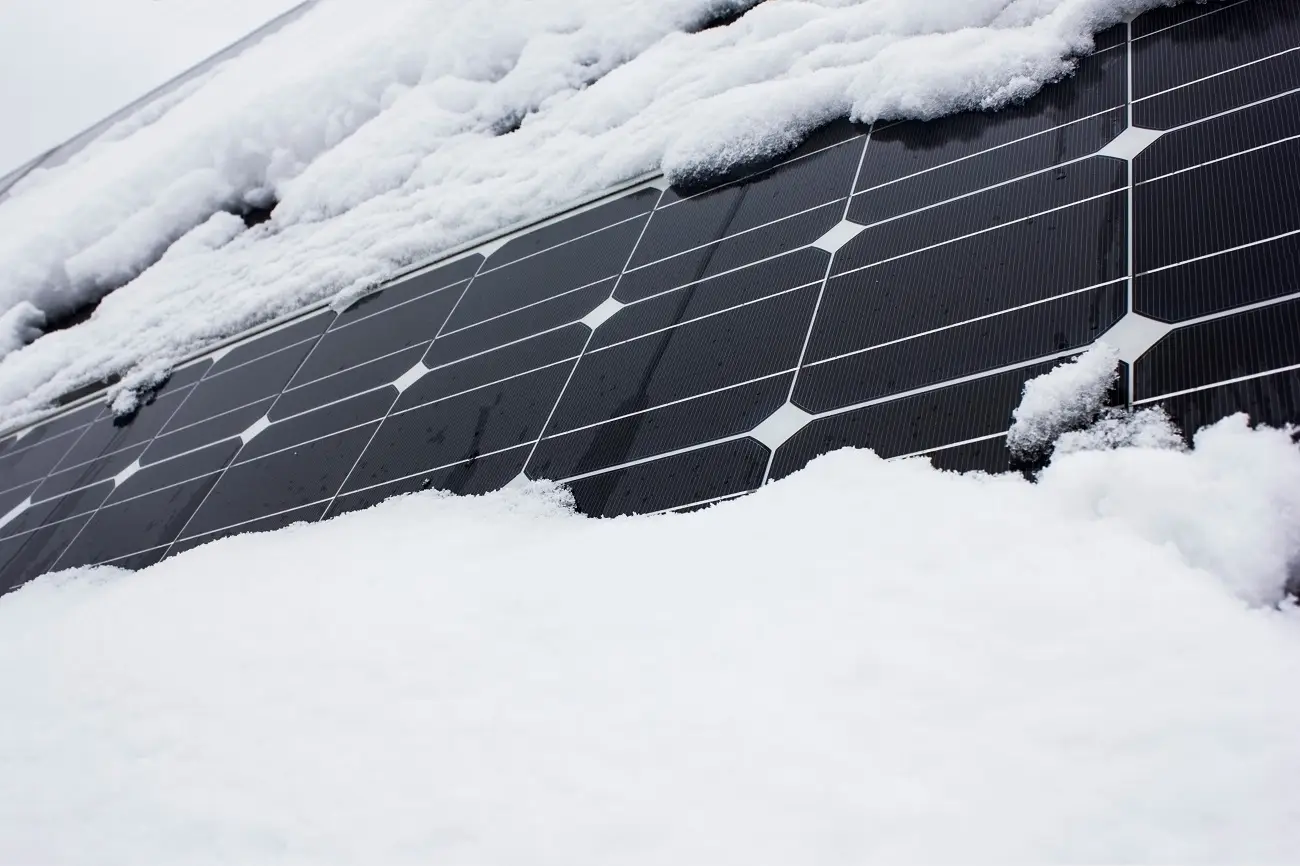Introduction
The tilt angle of a solar panel and its optimal orientation are important calculations for harnessing the maximum potential of solar energy. The angle and direction in which solar panels are set up significantly impact their efficiency and energy output. By optimizing these factors, homeowners and businesses can significantly boost their solar energy production, ensuring they get the most out of their investment.
Now, though you won’t be the one making these calculations, staying informed on this topic can help you narrow down your choice of solar panel installers and know the right questions to ask them.
In this blog, we aim to guide you in making informed choices about the setup of your system. We'll delve into the technicalities of determining the ideal tilt angle and the best orientation for solar panels, tailored to different geographical locations and individual requirements.
Join our team at Solar Me as we explore these key points, helping you optimize your solar energy setup for maximum efficiency and sustainability.
The Basics of Solar Panel Angle
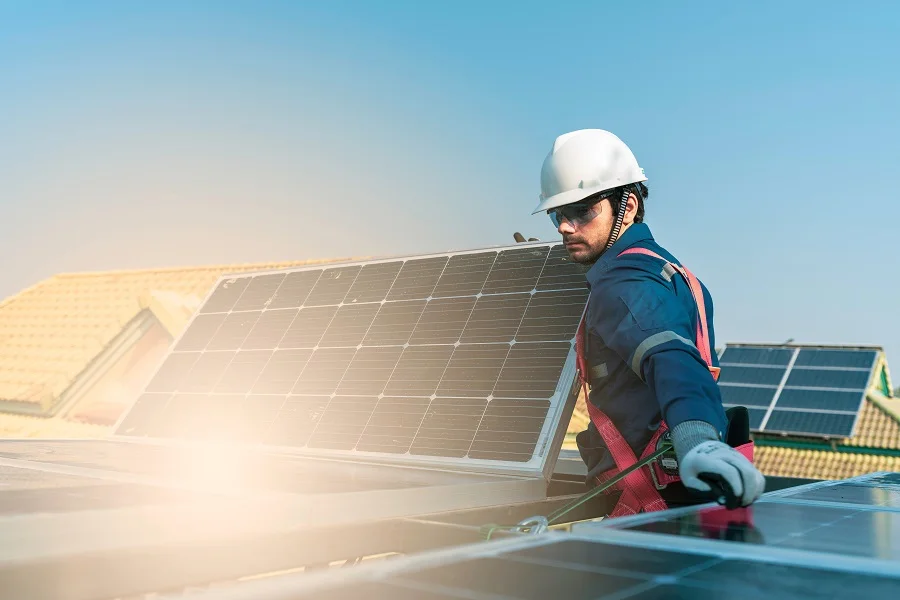
Solar panel tilt angle plays a pivotal role in determining the efficiency and energy production of solar panels. It refers to the tilt or inclination at which solar panels are installed relative to the horizontal plane. Understanding the dynamics of solar angles is essential for optimizing the performance of your solar energy system.
One crucial concept to grasp is the solar zenith angle, which measures the angle between the sun and the vertical line directly above a location on Earth's surface. As the sun's position changes throughout the day and across seasons, the solar zenith angle varies as well. This angle directly influences the amount of sunlight that reaches the solar panels.
When it comes to solar panel installations, there are typically two options: fixed and adjustable angles. Fixed solar panels are installed at a specific tilt angle, usually optimized for the average solar zenith angle in a given location. On the other hand, adjustable solar panels can be tilted to adapt to changing solar angles, ensuring maximum energy capture.
Factors Affecting Solar Panel Angle
When determining the best solar panel angle and orientation for your location, several crucial factors come into play.
- Geographical location: Often defined by latitude, location plays a significant role in optimizing the solar panel fitting angle. The optimal angle for solar panels varies depending on where you are situated on the planet. Those closer to the equator may benefit from a more horizontal orientation, while those at higher latitudes might find steeper angles more efficient. To help with this, you can use a solar panel angle calculator designed to provide precise solar panel angles by location.
- Local climate: Sunlight availability and weather conditions in your area will influence the angle selection, as panels need to capture as much sunlight as possible while also shedding snow or debris.
- Seasonal variations: Solar power systems aren't static; they can be adjusted seasonally, a practice known as seasonal tilt, to maximize energy production. For example, in the winter, tilting them to a steeper angle helps panels capture more sunlight at a lower solar zenith angle. In contrast, a shallower angle in the summer allows panels to harvest sunlight when the sun is higher in the sky.
Solar Panel Orientation
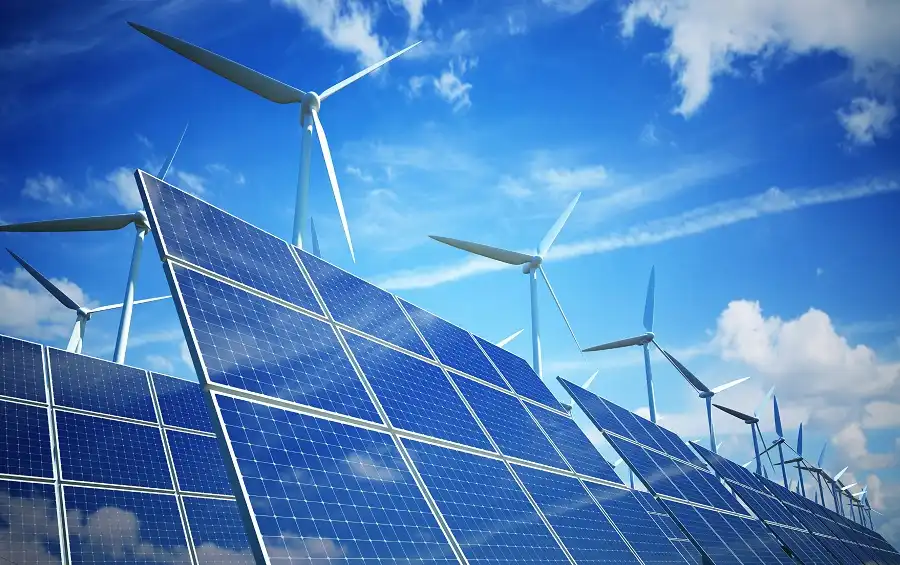
Solar panel orientation, often referred to as azimuth, is the direction in which your solar panels face. It's a critical aspect of solar panel installation that greatly influences energy production. Getting the best orientation for solar panels is essential for maximizing their efficiency and harnessing the full potential of solar energy.
Solar panels should ideally be oriented towards the point on the compass that receives the most sunlight throughout the day. In many regions, this means pointing them south, as south-facing panels receive direct sunlight for the longest duration.
South-facing solar panel direction offers several advantages. Firstly, it maximizes solar exposure, ensuring panels capture sunlight from dawn to dusk. This orientation leads to higher energy yields and quicker returns on your solar investment. Additionally, south-facing panels tend to generate more consistent energy output throughout the year, as they are less affected by seasonal variations.
While south-facing panels are often the best orientation for solar panels, other orientations may be suitable depending on your location and specific energy goals. East and west-facing panels can be advantageous if you want to distribute energy generation more evenly throughout the day or if your roof's layout doesn't allow for a south-facing array.
Factors Influencing Solar Panel Orientation
Choosing the best direction for solar panels to face, or the optimum orientation for solar panels, involves careful consideration of various factors.
- Local geography: Different regions experience varying sun patterns, so what works best in one area may not be optimal elsewhere. Additionally, nearby objects like hills or buildings can cast shadows that affect solar panel efficiency. Understanding your local geography and the potential shading obstacles is crucial for making informed decisions about solar panel orientation.
- Avoiding shading: Even a small amount of shading on a panel can significantly reduce its energy output. To mitigate shading issues, regular tree trimming and the repositioning of objects casting shadows can help maximize solar exposure. Advanced technologies like microinverters or power optimizers can also be employed to manage shading problems more effectively.
Calculating Solar Panel Angle by Zip Code
When optimizing your solar panel angle based on your zip code, follow these guidelines. For maximum year-round performance, set the angle equal to your latitude. For better summer performance, adjust it to your latitude minus 15°, and for improved winter performance, set it to your latitude plus 15°. For instance, if your zip code is 10001 (New York City, NY), with a latitude of approximately 41°, the ideal angles are 41° for year-round efficiency, 26° for summer, and 56° for winter.
Keep in mind that these guidelines are based on average sun positions and may not account for variations due to factors like longitude, time zone, daylight saving time, or local weather conditions. For precise results tailored to your location, consider using a solar panel angle calculator. This tool factors in all variables to provide the most accurate angle for optimizing solar panel performance in your zip code area.
Solar Panel Angle Optimization in Different Zip Codes (Main Cities in the US)
Determining the Ideal Solar Panel Orientation
The ideal orientation for your specific location can be found through careful consideration and the use of helpful tools.
One valuable resource for finding the best orientation is the use of solar path diagrams. These diagrams provide a visual representation of the sun's path across the sky throughout the year. By studying these diagrams, you can identify the sun's patterns and determine the most advantageous PV panel orientation for your region.
In addition to solar path diagrams, digital tools have become indispensable for optimizing solar panel orientation. Online calculators and simulation software allow you to input your location and specific variables, helping you pinpoint the perfect orientation to maximize energy production. By harnessing the power of these tools, you can ensure that your solar panels are positioned to capture the maximum amount of sunlight and generate the most energy, ultimately making the most of your solar investment.
The Role of Solar Tracking Systems
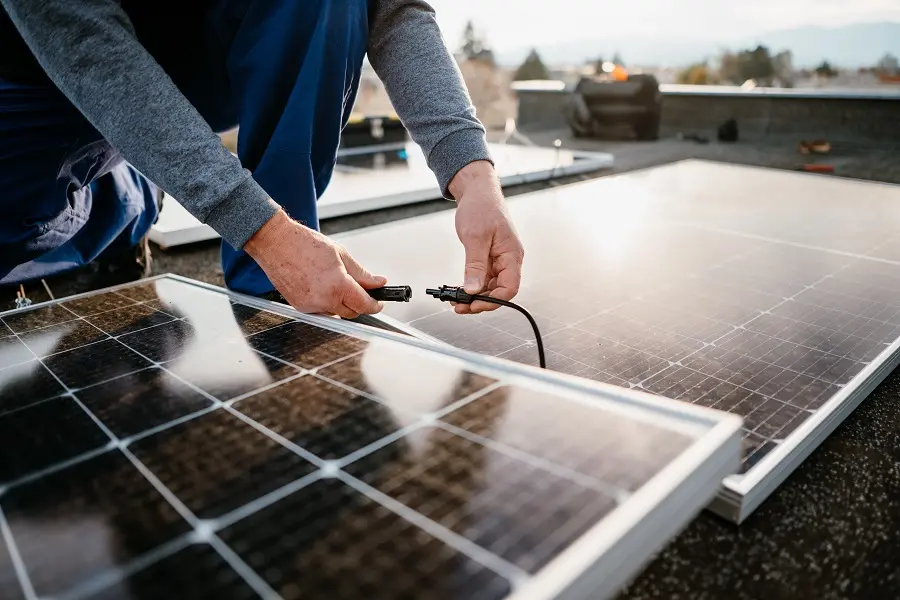
Solar tracking systems are advanced mechanisms designed to adjust the orientation of solar panels throughout the day to follow the sun's path across the sky. These systems offer a dynamic solution to optimize panel orientation, ensuring that panels are always directly facing the sun. The impact of tracking systems on panel orientation is significant, as they can increase energy production by up to 25% compared to fixed-tilt solar panels.
However, while tracking systems offer impressive benefits in terms of energy generation, they come with their own set of pros and cons for homeowners. On the positive side, tracking systems can substantially boost the overall efficiency of a solar panel system, making them an attractive option for those looking to maximize their energy output. Additionally, they are particularly useful in regions with a high daily variation in solar angles or for homeowners with limited roof space.
On the downside, tracking systems tend to be more expensive to install and maintain than fixed-tilt panels. They also require more significant space and may not be suitable for all residential installations due to their size and complexity. Furthermore, tracking systems can be less reliable in adverse weather conditions or areas with frequent shading.
Practical Tips for Setting the Solar Panel Angle and Orientation
To harness the full potential of your solar panel system, it's crucial to make practical adjustments to the angle and orientation of your panels. One effective strategy is to make seasonal adjustments. As the sun's position changes throughout the year, adjusting your panels' tilt angle can have a substantial impact on energy production. In the winter, increasing the tilt angle can help capture more sunlight at lower angles, while in the summer, reducing the angle can optimize energy capture when the sun is higher in the sky. Monitoring and adapting your panels accordingly can significantly improve the effect of tilt angle on solar panel output, ensuring consistent energy generation.
When it comes to setting the optimal angle and orientation, homeowners often wonder whether to opt for a DIY approach or professional installation. DIY angle adjustments can be cost-effective and allow for more immediate changes based on your observations. However, professional installation ensures precision and expertise, taking into account local climate data and shading considerations. It's a wise choice for those who want optimal results without the hassle of continuous adjustments.
Conclusion
In conclusion, finding the ideal solar panel angle and orientation is a big step in optimizing your solar energy system. Don’t forget to consider your geographical location, the impact of local climate and shading, and the benefits of making seasonal adjustments. Whether you opt for a fixed or adjustable angle, south-facing or alternative orientations, or even incorporate advanced tracking systems, the goal remains the same: to maximize energy production and the long-term benefits of your solar investment.
Armed with this knowledge, take the next step toward an energy independent future. Reach out to a professional solar panel installer like Solar Me to get a quote.


